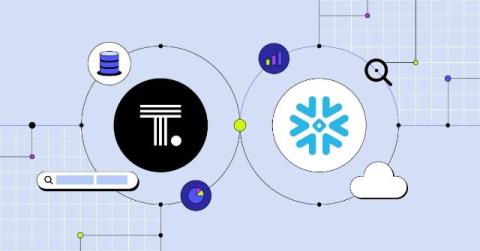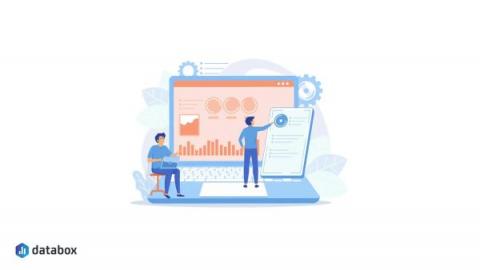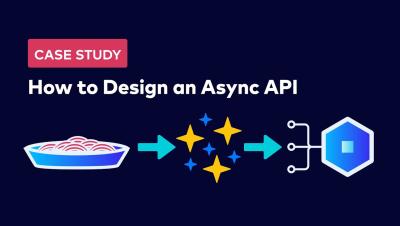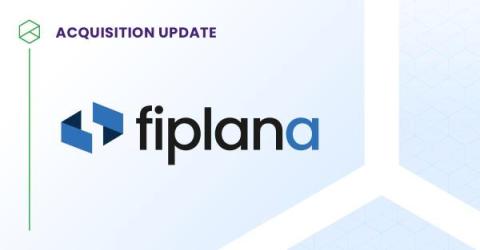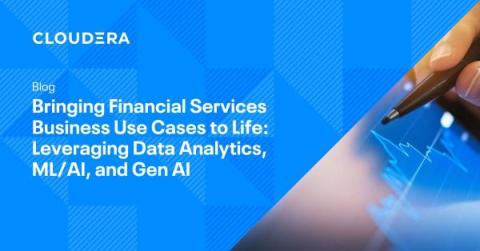Introducing Multiple Snowflake Configurations per ThoughtSpot Connection
Organizations leveraging cloud data warehouses like Snowflake require the ability to efficiently manage and optimize their data connections. Without this, data teams will face challenges with various use cases, such as workload distribution and environment testing. Recognizing the need for greater flexibility and control over data connections, ThoughtSpot developed a powerful new feature: Multiple Configurations per Connection.

